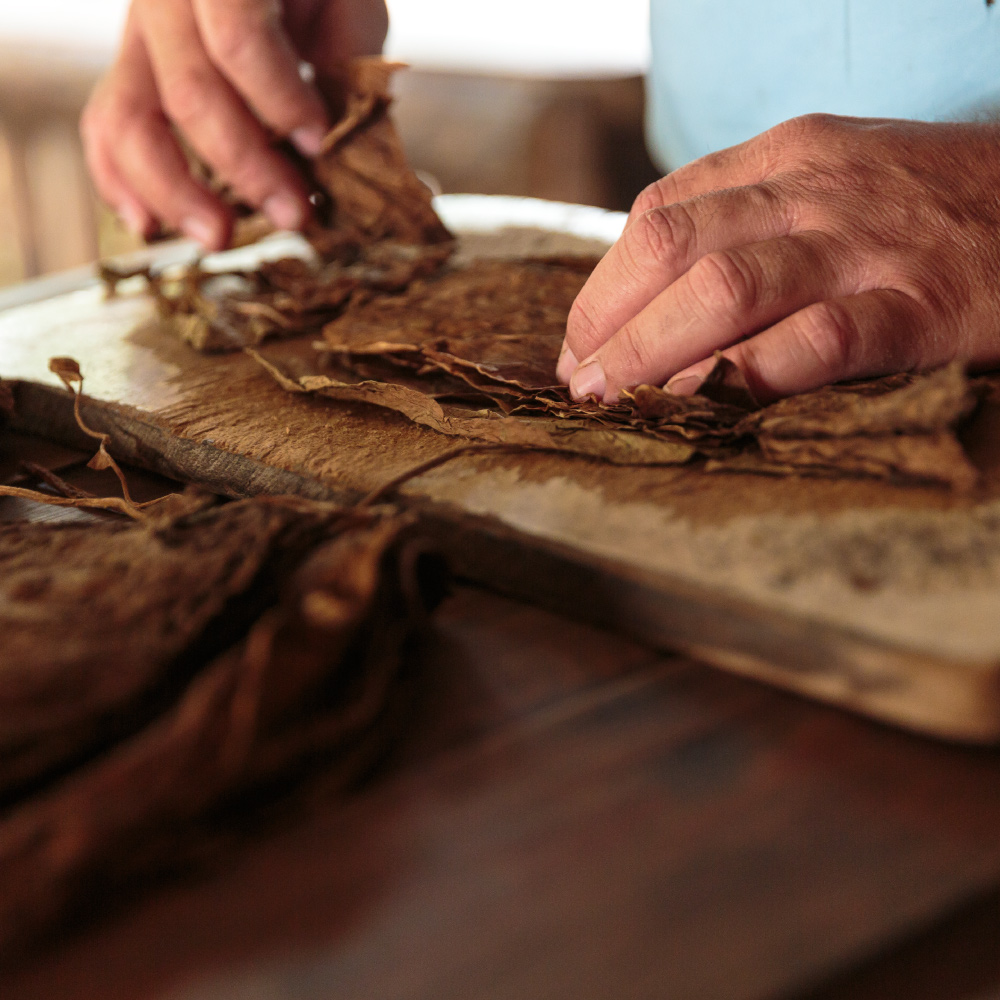Nicaragua has become one of the most important producers of premium cigars in the world. The country’s ideal climate, fertile soil, and skilled workforce have all contributed to its rise as a major player in the cigar industry. In this essay, we will explore the history, cultivation, manufacturing, and culture of cigars in Nicaragua.
History
Nicaragua has a long history of tobacco cultivation, dating back to the 16th century when the Spanish introduced tobacco to the region. However, it wasn’t until the 1960s that Nicaragua began to establish itself as a significant player in the cigar industry. At this time, many Cuban cigar makers fled to Nicaragua after the Cuban Revolution, bringing their expertise and knowledge with them.
Throughout the 1970s and 1980s, Nicaragua’s cigar industry flourished. However, in the 1980s, political instability and civil war threatened to disrupt the country’s cigar production. Many cigar makers fled the country, and the industry suffered a significant setback.
It wasn’t until the 1990s that Nicaragua’s cigar industry began to recover. The country’s stable political climate and the continued demand for premium cigars helped to revive the industry. Today, Nicaragua is home to some of the most highly regarded cigar brands in the world.
Cultivation
Tobacco is grown in several regions of Nicaragua, including Esteli, Condega, Jalapa, and Ometepe. The country’s ideal climate, with warm temperatures and ample rainfall, provides the perfect growing conditions for tobacco plants. Additionally, the soil in Nicaragua is rich in minerals, which contributes to the unique flavor profile of its tobacco.
One of the key factors that distinguish Nicaraguan tobacco from other types of tobacco is the fermentation process. Nicaraguan tobacco growers often use long, slow fermentation processes, which allows the flavors and aromas of the tobacco to develop fully. Additionally, many Nicaraguan tobacco growers use organic farming practices, which contribute to the unique character of the tobacco.
Manufacturing
The process of cigar manufacturing in Nicaragua is similar to that of other countries. The first step is the sorting of tobacco leaves according to their quality and type. Next, the leaves are fermented, which helps to develop the flavors and aromas of the tobacco. After fermentation, the leaves are sorted again, and the desired blend is created.
The cigar maker then rolls the blend into a cigar, using a binder leaf to hold the filler together. The cigar is then wrapped in a wrapper leaf, which is often the most visually appealing leaf of the plant. Finally, the cigar is aged, which allows the flavors to mature and develop.
Many of Nicaragua’s cigar manufacturers use traditional methods to create their cigars. For example, some manufacturers use old-fashioned wooden presses to shape their cigars, while others hand-roll their cigars using techniques that have been passed down from generation to generation.
Culture
Cigar smoking is a popular pastime in Nicaragua, and it is often enjoyed in social settings. It is common to see people smoking cigars while playing dominoes or enjoying a drink. Additionally, many of Nicaragua’s cigar manufacturers offer tours of their factories, which allow visitors to see the cigar-making process firsthand.
Nicaragua’s cigar culture is centered around the enjoyment of premium cigars. Nicaraguan cigars are known for their full-bodied flavor and complex character, and they are often enjoyed by serious cigar enthusiasts. Many of Nicaragua’s cigar brands have won numerous awards and accolades, cementing the country’s reputation as a producer of high-quality cigars.
Conclusion
Nicaragua’s ideal climate, fertile soil, skilled labor force, and traditional cigar-making methods have all contributed to its rise as a major producer of premium cigars. The country’s cigars are renowned worldwide for their full-bodied flavor and complex character. Whether you

